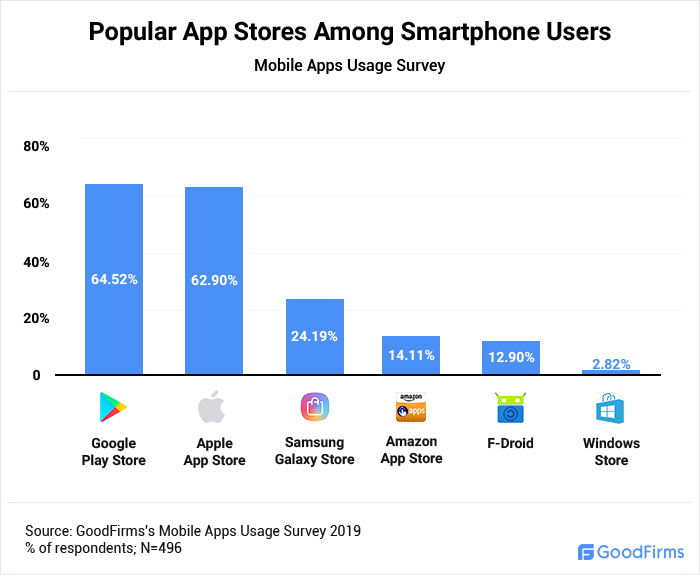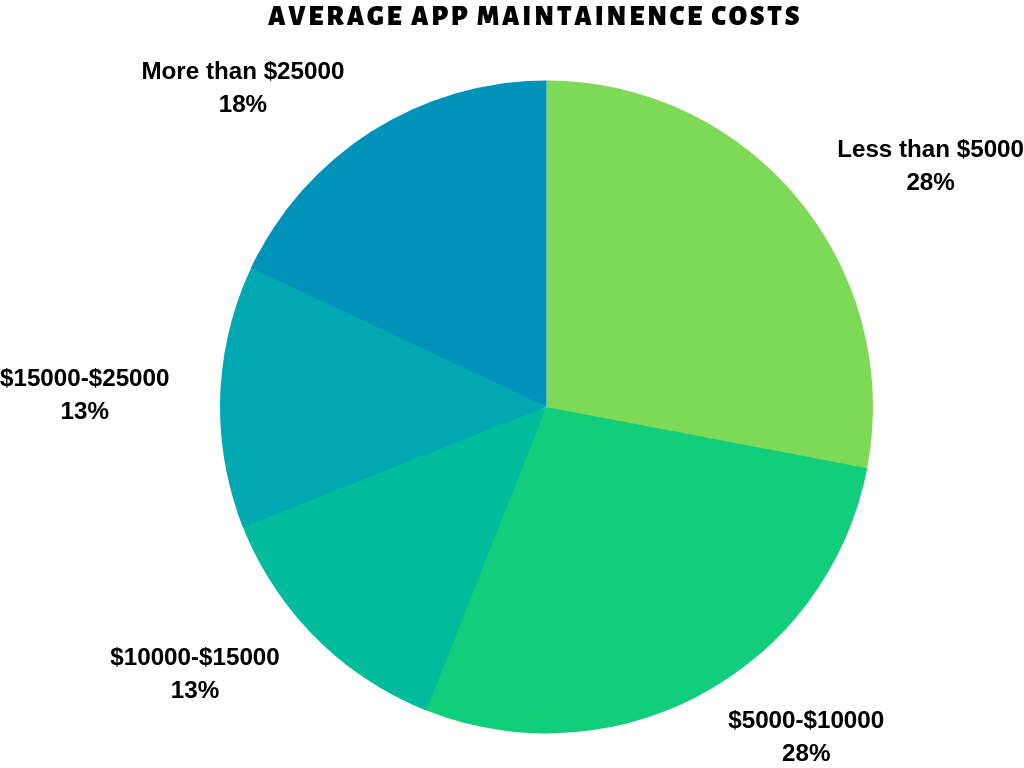There is no doubt that mobile applications are the present, as well as, the future when it comes to scaling up a business. Mobile apps are something that is tailor-made to reach the masses and enhance their overall experience of using a product or service. The fact that there are 5 million apps currently operating in Google and iOS stores clearly insinuate the gaping wide scope of mobile apps in the future.
However, if you are a mobile app developer, there is a smart way in which you can have an edge over your contemporaries. This can be in terms of the overall app development cost and getting a wider customer reach. Well, the secret is to build your new mobile app on a cloud-based platform rather than on a native platform.
Not fully convinced?
Let’s give you a few reasons as to why it’s more lucrative to choose Cloud-based mobile apps over native mobile apps as of today:
(1) The platform issue vanishes:
app developers suffer while developing a native application. There are numerous factors (cost, duration, target audience, etc.) one has to go through in order to finalize whether he would choose Android, iOS app development, or Windows as his app platform.However, with cloud-based apps, the issue of choosing a platform for your app almost becomes negligible. Whenever you choose a certain platform over another, you automatically lose a large customer base that is active in a platform that you are not launching your app on.

What’s the most evident takeaway that you can draw from the above chart? It’s the fact that an app is projected to miss out on an average of 60% of its customer base if it is launched singularly on one of the two most dominant platforms, i.e., either on Android or iOS.
On the contrary, since cloud-based apps work on every platform, you have the freedom to conduct your app designing operations to cater to a significantly wider target audience. This customer flexibility also eases up your app-building and marketing operations as you no longer have to focus on a niche customer segment, while building platform-specific apps.
All in all, launching a platform-friendly app would present you with more downloads and, finally, more revenue.
(2) Data integration eases up:
Seamless data integration is the greatest incentive to shift to cloud-based applications. Data integration is something that all businesses require for the uninterrupted operation of their apps.
However, the process of data integration is a tricky one and tends to be relatively more confusing in the case of creating native apps.
Importing your entire database information to your app is a highly time-consuming process, especially in the case of large businesses with hefty databases. When it comes to cloud-based apps, data integration is a lot easier to establish, as the business database can be easily synced with the cloud server.
This would save you the time and cost of writing complex codes to integrate databases, unlike data integration for native apps.
(3) Lower costs:
Creating a native app is and has always been a costly process due to its exclusive complexities and requirements. Creating a moderately complex native app would cost you somewhere between $800 – $1700. Choosing an app platform has a strong role in deciding the cost of an app as well.
For example, choosing an Android platform over iOS would cost you more as Android apps have to be made compatible with a myriad of different devices.
However, your costs don’t end there. Native apps also include a yearly maintenance cost that primarily includes fixing bugs, providing regular updates, etc.

From the above pie chart, it can be seen that the majority of native apps have a maintenance cost that ranges between $5000 to $10,000. Expect a two-time increase in both creation and maintenance costs, if you are going to launch your app on both Android, as well as, on iOS platforms.
Cloud-based apps, in this case, go a bit light on your pocket. Other than having lower mobile app development costs, you won’t incur separate maintenance costs for different platforms as in the case of native apps.
That’s the reason they are the most appropriate option for start-ups or small scale businesses.
(4) Advantages of cloud servers:
Local servers used by native apps have some inherent drawbacks that can be easily neutralized by cloud-based servers. Here are two compelling reasons why cloud servers offer a better data storage option as compared to localized servers that are used by native apps.
- Data safety – App databases, generally store high amounts of customer data that is of a sensitive nature. This involves passwords, credit card numbers, and other crucial personal information. Therefore, it can be said without a doubt that storing such types of data on isolated locations like localized servers is a big risk. It will be challenging to restore the existing data or take precautionary measures if there is a data loss or leak. That’s why cloud servers are a much safer option for storing valuable consumer data. They can be accessed from multiple servers and take adequate security measures if there is a data leak.
- Data recovery – Storing valuable data on local and isolated servers is always a risk, as there is always a possibility of the server getting destroyed or damaged. Such a situation can render data, revenue, and reputational damage to the company. Although these things are highly unlikely to occur, there is a strong possibility that always looms. A business can’t always have a strong foothold when it comes to natural or artificial disasters like fire, floods, etc. Cloud servers are a trustworthy companion in this scenario, as you can always access data from multiple servers, in case such emergencies.
Wrapping Up…
Due to the soaring popularity of native apps, it has become quite easy to overlook their shortcomings and the high level of value that cloud-based apps are offering.
What you need to consider is the bigger picture in terms of cost, safety, smooth operations, and customer base.












